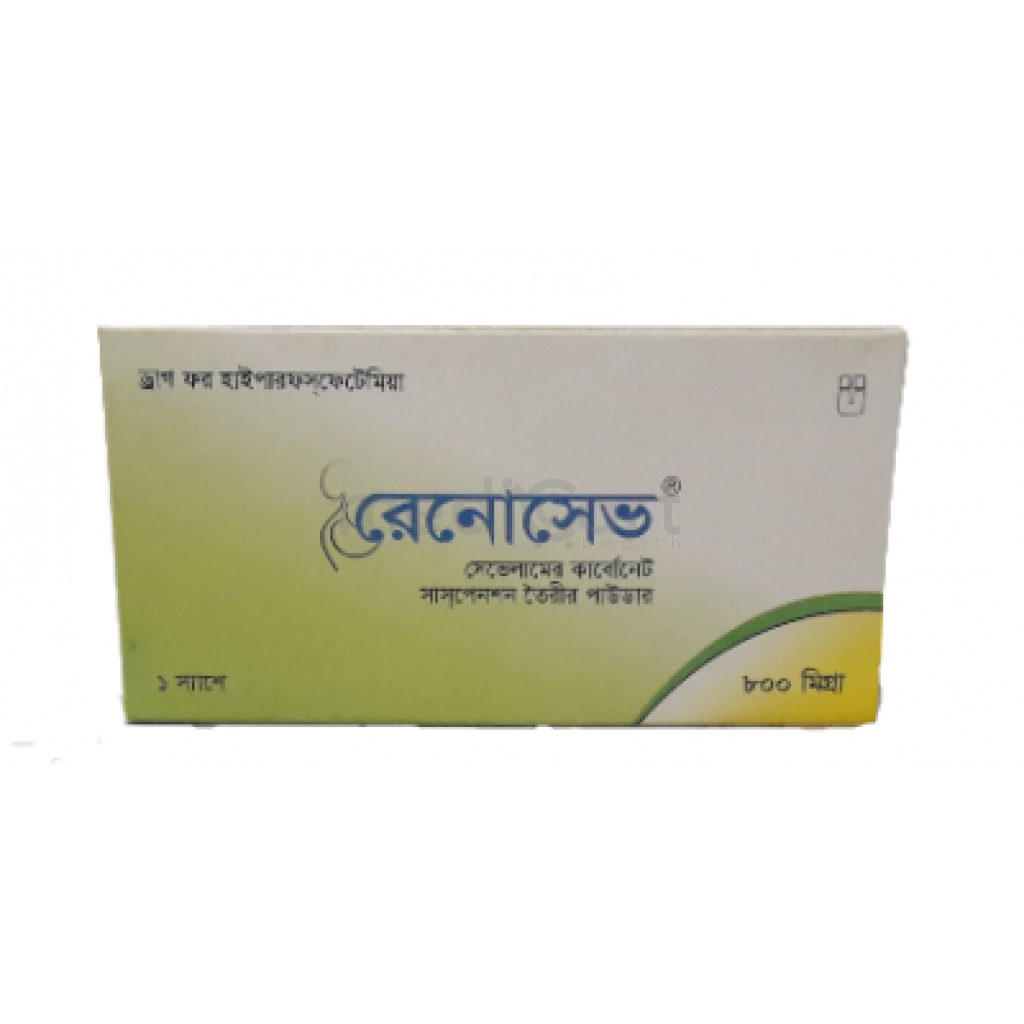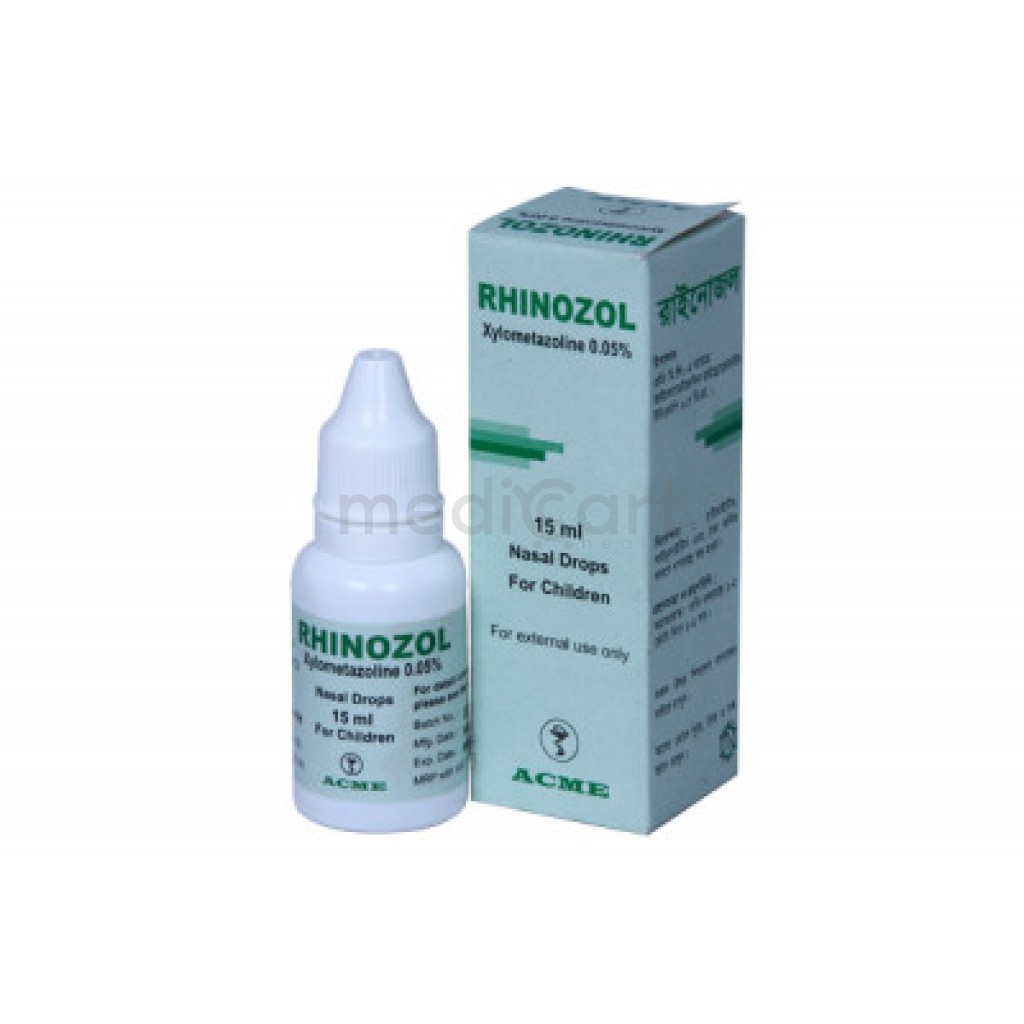

Inophos - 400mg
Tablet
Pack Size :
4 Tablet x 1 Strip
Generics :
Sevelamer Hydrochloride
Manufacturer :
Incepta Pharmaceuticals Ltd.
Best Price *
TK
120.00
* Delivery will be done in Dhaka city only.
More Information About - Inophos - 400mg
Description
Generic Name
Sevelamer Hydrochloride/CarbonatePrecaution
Patients w/ dysphagia, swallowing disorders, severe GI motility disorders, active inflammatory bowel disease or major GI tract surgery. Pregnancy and lactation. Monitoring Parameters Monitor serum levels of phosphate, Ca, Cl and bicarbonate. Vitamin supplementation due to reduction in vit D, E, K and folic acid absorption. Monitor for signs and symptoms of peritonitis in patients undergoing peritoneal dialysis. Lactation: Not absorbed systemically; not excreted in breast milkIndication
HyperphosphataemiaContra Indication
Hypophosphatemia or bowel obstruction.Dose
N/ASide Effect
>10% Vomiting (22%),Nausea (20%),Diarrhea (19%),Dyspepsia (16%),Nasopharyngitis (14%),Limb pain (13%),Pruritus (13%),Arthralgia (12%),Bronchitis (11%),Dyspnea (10%),Hypertension (10%) 1-10% Abdominal pain (9%),Constipation (8%),Flatulence (8%),Peritonitis (during peritoneal dialysis: 8%),Hypercalcemia (5-7%) Frequency Not Defined Back pain,Cough,Headache,Pyrexia,Upper respiratory infection,Pruritus,Rash,Intestinal perforation,Fecal impaction,Intestinal obstruction.Pregnancy Category
Name : Not Classified
Description
FDA has not yet classified the drug into a specified pregnancy category.Mode of Action
Sevelamer, a polymeric compound, acts by binding to phosphate molecules in the gut, limiting its absorption and thus lowering serum phosphate levels w/o altering Ca, Al, or bicarbonate levels.Interaction
May decrease absorption of ciprofloxacin, ciclosporin, mycophenolate, tacrolimus and levothyroxine. Sevelamer should be given 3 hr before or 1 hr after taking other drugs to minimise potential pharmacokinetic interaction.Pregnancy Category Note
Pregnancy: Not absorbed systemically following oral administration and maternal use not expected to result in fetal exposure to the drug May decrease serum levels of fat soluble vitamins and folic acid in pregnant women; consider supplementation Lactation: Not absorbed systemically by mother following oral administration; breastfeeding is not expected to result in exposure of child to drug May decrease serum levels of fat soluble vitamins and folic acid in pregnant women; consider supplementationAdult Dose
End-Stage Renal Disease Hemodialysis; hyperphosphatemia Initial dose Serum PO4 >9 mg/dL [2.91 mmol/L]: 1600 mg PO q8hr with meals Serum PO4 7.5-9 mg/dL [2.42-2.91 mmol/L]: 1200-1600 mg PO q8hr with meals Serum PO4 5.5-7.5 mg/dL [1.78-2.42 mmol/L]: 800 mg PO q8hr with meals Maintenance dose Serum PO4 >5.5 mg/dL [>1.78 mmol/L]: Increase dose by 400-800 mg per meal Serum PO4 3.5-5.5 mg/dL [1.13-1.78 mmol/L]: Maintain current dose Serum PO4 <3.5 mg/dL [1.13 mmol/L] decrease by 400-800 mg per meal Dosing considerations Titrate dose; increase by 400-800 mg per meal at 2-week intervals; no more than 4 g Switching From Ca-Acetate Substitute 800 mg for 667 mg of Ca-acetate Substitute 1600 for1334 mg of Ca-acetate Substitute 2400 mg for 2001 mg Ca-acetateChild Dose
Safety and efficacy not establishedRenal Dose
N/AAdministration
Should be taken with food.Disclaimer
The information provided herein are for informational purposes only and not intended to be a substitute for professional medical advice, diagnosis, or treatment. Please note that this information should not be treated as a replacement for physical medical consultation or advice. Great effort has been placed to provide accurate and comprehensive data. However, Medicart along with its authors and editors make no representations or warranties and specifically disclaim all liability for any medical information provided on the site. The absence of any information and/or warning to any drug shall not be considered and assumed as an implied assurance of the Company.






